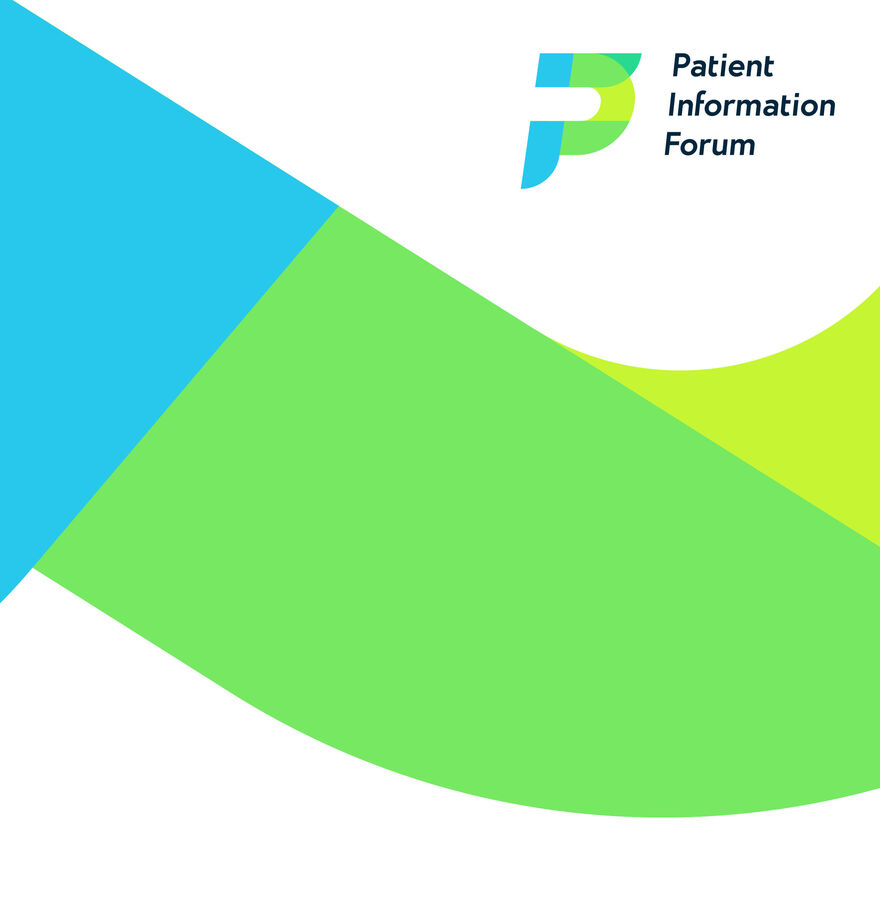Why this matters
High-quality evidence is the cornerstone of trustworthy health information. This guide will help you understand the different sources of evidence available to support the information you are producing.
Types of evidence
There is a huge range of evidence available from clinical trials to medical textbooks, professional guidelines to patient information websites. Health information is made up of many different elements and you are likely to need several different types of evidence to produce your content.
Filtered or secondary sources are the best form of clinical evidence and include clinical guidelines and systematic reviews. Where these are not available it may be necessary to look at individual clinical studies. Practice information will give you a better picture of the whole patient journey.
Patient experience will provide insight into what it is like to live with a condition or the concerns people have about treatments. This can be valuable when clinical evidence is lacking.
Grading and critical appraisal of evidence
The Oxford Centre for Evidence-Based Medicine (OCEBM), The SORT system (Strength of Recommendation Taxonomy) and GRADE (Grading of Recommendations Assessment, Development and Evaluation) are used for grading evidence and often used in journals and clinical guidelines.
Critical appraisal assesses the trustworthiness, relevance and results of published papers. The Critical Appraisals Skills Programme (CASP) has a set of tools to use when reading research.
How to talk about data
Be honest with readers about the quality of evidence and the reliability of recommendations. Make clear if the data is drawn from real people, for example clinical trials or patient registries. People may be more likely to engage with this type of data and see the wider value of data sharing.
Reference management
Use referencing software to collect, store and organise your references. These integrate with word processing programs making it easier to include citations, create a reference list or bibliography. Aim to include a full list of references in your resources.
Keep it up to date
Materials need regular review and update. Add a publication and review due date to show how current your information is.
This guide supports the following PIF TICK criteria:
- 4.0 Evidence: Information is based on reliable, up-to-date evidence which is communicated. clearly.

